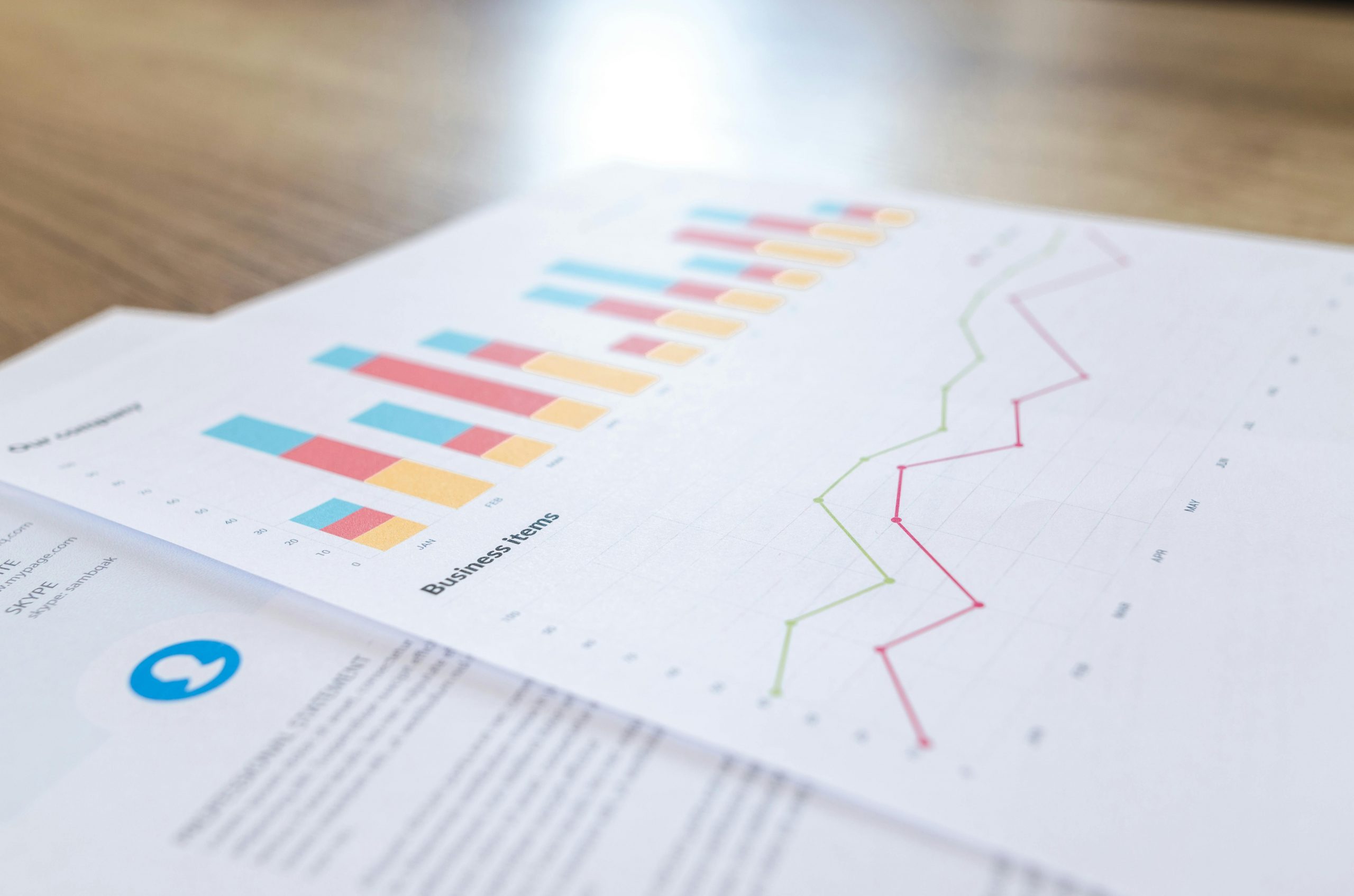Statistics and probability to influence the use of data and procedures
COURSE PURPOSE This Unit Standard is designed to provide credits towards the mathematical literacy requirement of the NQF at Level 2. The essential purposes of the mathematical literacy requirement are to ensure that, as learners progress with confidence through the …
Overview
COURSE PURPOSE
This Unit Standard is designed to provide credits towards the mathematical literacy requirement of the NQF at Level 2. The essential purposes of the mathematical literacy requirement are to ensure that, as learners progress with confidence through the levels, they will grow in several key areas. Firstly, learners will develop a confident and insightful use of mathematics in managing the needs of everyday living, enabling them to become self-managing individuals. Secondly, learners will gain an understanding of mathematical applications that provide insight into their present and future occupational experiences, helping them to develop into contributing workers. Finally, learners will acquire the ability to voice a critical sensitivity to the role of mathematics in a democratic society, allowing them to become active and participating citizens.
WHAT YOU’LL LEARN
People credited with this Unit Standard are able to apply various techniques to organise and represent data in order to model situations for specific purposes. They can also give opinions on the implications of the modelled data for the required purpose.
Curriculum
Curriculum
- 2 Sections
- 10 Lessons
- 1 Day
- Unit 1: Apply various techniques to organise and represent data in order to model situations7
- 1.1Questions about sets of data that can be dealt with through statistical methods are identified correctly
- 1.2Existing tables are understood correctly through a proper application of row and column heading
- 1.3Raw data or statistics in the body of tables are used correctly
- 1.4Effective methods to record and organise data are used to solve problems
- 1.5Calculations of statistics are correct
- 1.6Appropriate statistics are used to answer questions
- 1.7Scales used in graphical representations and tables are consistent with the data, are correct, clear and appropriate to the situation and target audience
- Unit 2: Give opinions on the implications of the modelled data for the required purpose3






